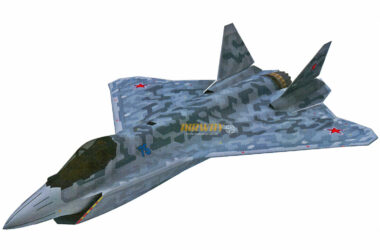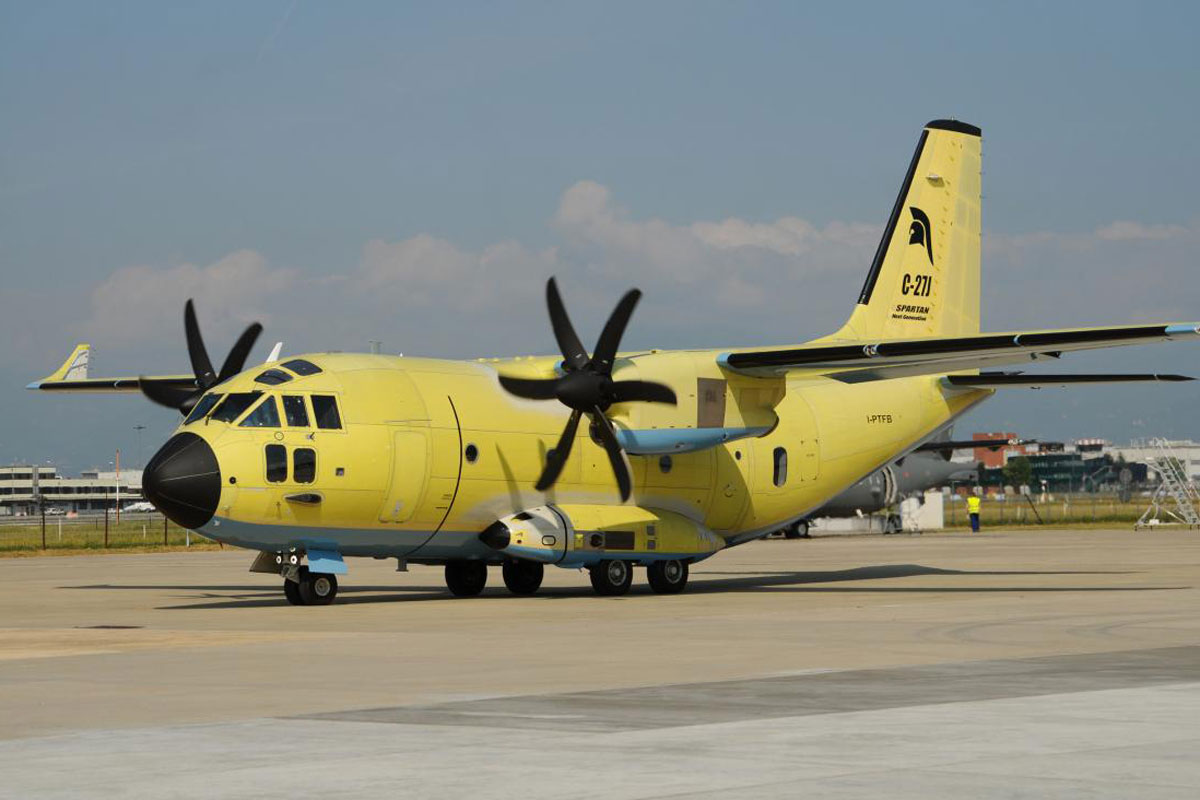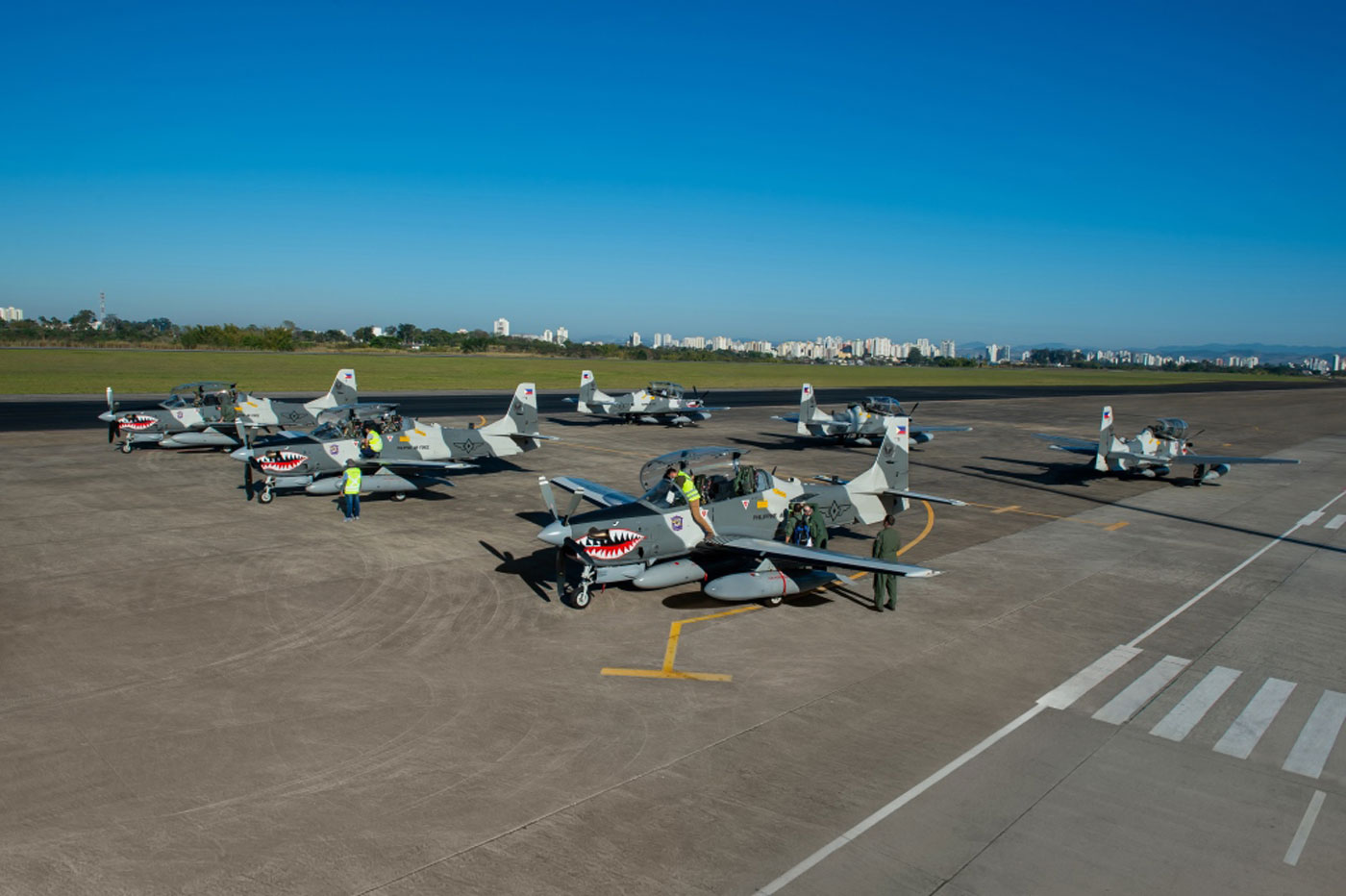The first Gripen E fighter being assembled in Brazil is expected to be delivered to the Brazilian Air Force (FAB) in 2025. Saab and Embraer have begun final assembly of the aircraft after completing the initial production phase.
The agreement to acquire 36 fighters provides for 15 of them to be assembled in Brazil as part of the technology transfer strategy. Originally two-seat Gripen F models would be completed, but later the FAB and Saab changed the plan and only the single-seater Gripen E will be completed in the country.
Follow Air Data News: WhatsApp | Google News | Instagram | LinkedIn | Twitter | Facebook
To assemble the fighter in Brazil, Saab has an agreement with Embraer to use facilities at the Gavião Peixoto complex, where the C-390 Millennium is manufactured.
Furthermore, the Swedish company uses a small branch in Brazil to assemble aerostructures.
Most of the components come from abroad
Despite the importance of learning gained from assembling a complex aircraft such as a combat fighter, the Gripen continues to be mostly made in Sweden, from where the main components are sent by ship to Brazil.

It is a different process from what Embraer had when it was a partner in the AMX attack jet program, in partnership with the Italian companies Aeritalia and Aermacchi (currently Leonardo).
At that time, the Brazilian company was responsible for producing a large part of the aircraft’s aerostructures, in addition to having an exclusive assembly line for the units delivered to the FAB.
35 kilometers of cables
In Gavião Peixoto, structural assembly is carried out, with the joining of the front fuselage, the armament unit, the central fuselage of the wings and the rear fuselage, as well as sealing work on fuel tanks, pressure tests in the cockpit and tanks and measurements geometric.
The Gripen is then cleaned, internally painted and applied with an anti-corrosive varnish.

Final assembly involves the installation of approximately 35 kilometers of cables and 300 meters of pipes. Only then does the aircraft begin to take shape with the installation of the avionics, the auxiliary starting unit (APU), the engine, the radio, the vertical stabilizer, among other components.
Finally, the supersonic jet has operational software installed, undergoes functional tests and receives Air Force camouflage and markings.
With the Gripen ready, the systems calibration phase begins, engine tests on the ground and later validation flights before the delivery process to the FAB.
According to Saab, a second Gripen is in the final stretch of structural assembly and a third jet will begin to be assembled in July.






